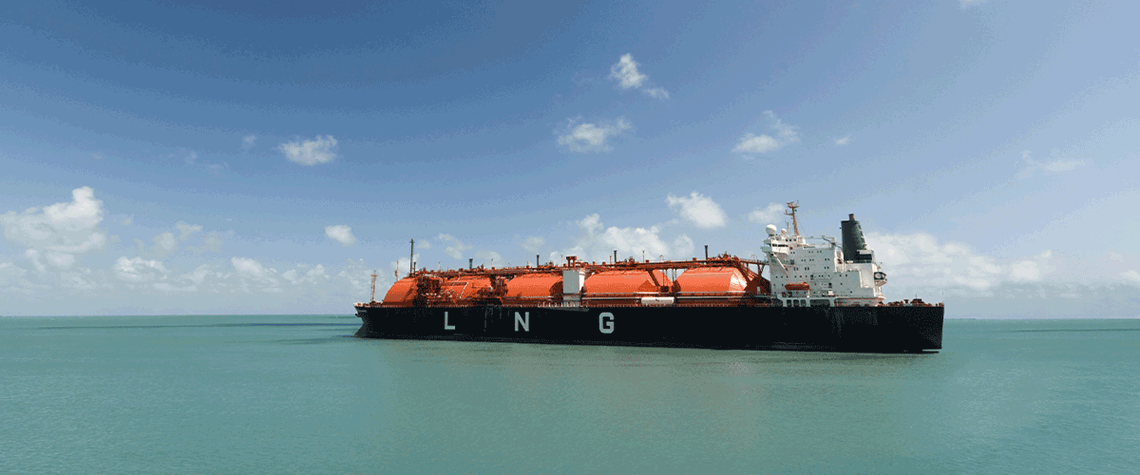Petronas sees similarities between the nascent hydrogen sector and the LNG sector, with the creation of a hydrogen supply chain in the 2020s shadowing the path of its LNG predecessor in the 1980s.
To capture opportunities in this sector, Petronas launched clean energy company Gentari to supercharge its foray into the hydrogen space. Producing hydrogen and converting it to ammonia is not foreign to us. In Malaysia, we have been producing 1.2mn t/yr of ammonia since the early 1980s. Currently, we see ammonia as the most reliable means of hydrogen transportation. It is the cheapest, most mature technology, with established handling standards, and is supported by available infrastructure. But we are also investigating other means of transportation with our partners—including liquid organic hydrogen carriers.
Gentari is focusing on hydrogen molecule production, which requires significant investment in renewable power, development of hydrogen supply and conversion plants, infrastructure build-up, logistics and technology. Besides experience in managing hydrogen and its derivatives, our track record includes successfully delivering mega-scale projects and operating technologically advanced assets across geographies—a key capability for developing commercial-scale hydrogen projects.
In the quest to become first-mover in this space, Gentari is driving progress—starting with Malaysia, Canada and India—and expects the first commercial-scale hydrogen plant to come online by 2027–28, following detailed feasibility studies and engineering works within the next 12–24 months. Beyond this, our focus expands to Australia, the Middle East, Europe and the Americas, with investment in hydrogen production technologies key to becoming a competitive hydrogen producer.
Our confidence in hydrogen is reflected in Gentari’s target to reach 1.2mn t/yr of clean hydrogen production by 2030. This is supported by our presence in key geographies with attractive levelised costs of electricity and proximity to customers. By 2030, 80–90pc of Gentari’s portfolio is expected to be clean hydrogen produced from renewable energy, with the remainder to be filled by low-carbon hydrogen.
Collaboration is key in developing the hydrogen sector—not just between producers and offtakers but also with non-traditional partners such as renewable energy suppliers, technology providers and policymakers. This complementary nature is a unique feature of the hydrogen industry, inviting adjacent industries such as utilities and oil and gas to collaborate, and enabling them to contribute towards a competitive hydrogen economy.
Gentari welcomes partners to collaborate on projects and technologies, so we can grow the sector and accelerate the commercialisation of hydrogen.
Decarbonisation as key driver
While there are multiple ways to decarbonise, around 30pc of carbon emissions still come from hard-to-abate sectors such as steel, refineries, heavy transportation, cement and industries requiring mid-to-high-grade temperatures. If 2050 climate targets are to be reached, this must be addressed. And hydrogen must play a key role.
We see large levels of demand coming immediately from fuel switchers wanting a way to decarbonise without deploying high levels of capex. We also see coal power plants experimenting with ammonia–coal co-combustion to reduce CO₂ emissions. Hydrogen for long-haul trucking has also emerged, with many players looking to start pilot use-cases.
Hydrogen use will not be homogeneous across geographies, at least in this decade. We expect mixed usage in different regions, with some focusing on the power sector or energy-intensive industries, while others are decarbonising the mobility sectors. Hydrogen potential should therefore be viewed in the short, mid and longer terms, with key drivers such as policy, technology and market creation coming through scaled commercial projects.
In the 2020s, we expect demand growth in industries that are already using hydrogen, with decarbonisation of feedstocks for the refining, methanol and ammonia sectors, and with pockets of utilisation in demonstration projects, co-firing in coal-fired power plants and blending in natural gas pipelines.
In the 2030s, we see hydrogen used for heating and in power more prominently (co-firing ammonia and hydrogen in coal and gas power plants respectively) and for long-term power storage and back-up power generation, in steel production, and as a fuel (or synthetic fuel) for land, sea and air mobility.
In the 2040s, we see matured end-uses in all segments, including as an industry feedstock and in heat, power and mobility.
Overcoming challenges
To date, 35 countries have launched hydrogen strategies, with 17 more in the pipeline. Malaysia’s National Energy Policy positions hydrogen as a fuel for the future. We foresee more developed countries introducing incentives such as tax breaks and allowances for capital, production and investment to attract and grow infrastructure investments towards catalysing a hydrogen economy.
To serve global energy demands, we need to urgently reduce hydrogen production costs, with technology being the key enabler. Over the years, we have seen the growth of hydrogen technology startups and a massive deployment of capital towards maturing the technology across the hydrogen value chain. In the race to achieve low-carbon hydrogen production below $2/kg, more capital injection and government support are needed.
Simultaneously, to facilitate trade between hydrogen exporters such as Malaysia, Australia and Middle Eastern countries, and importers such as Japan, South Korea and Germany, we need to reconcile the cost of supplying hydrogen with price expectations from customers. Incentives are necessary in this nascent industry, where we have not yet reached economies of scale, and a hydrogen market price index to provide price benchmarking and reference is a critical element to making projects bankable.
Additionally, an international standardisation of hydrogen taxonomy—one based on carbon intensity—should be promoted and streamlined to ensure competitive, fair and safe global trading of hydrogen.
Gentari will be steadfast in our pursuit to deliver clean energy to the world, and firmly believe that hydrogen is a key complementary energy vector to reach climate targets.
Adlan Ahmad is the acting chief hydrogen officer of the clean energy company, Gentari.
This article is part of our special Outlook 2023 report, which features predictions and expectations from the energy industry on key trends in the year ahead. Click here to read the full report.








Comments